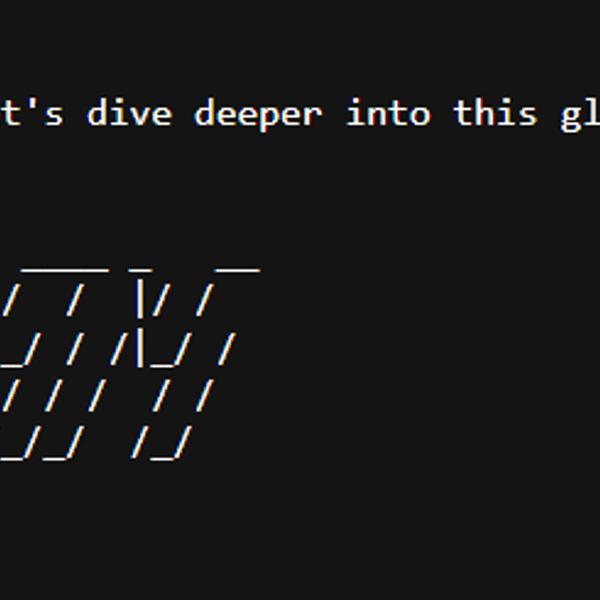Pi Network Amount: Understanding Token Distribution

Concept Introduction
Pi Network has captured the attention of millions globally with its unique smartphone-based approach to cryptocurrency mining. At the core of users’ curiosity is the concept of 'Pi Network amount'—how much Pi one holds, how those holdings are calculated, and what they may mean for the future. In this article, we delve into the mechanics of Pi token distribution, the significance of Pi amounts, and what users should be aware of as the Pi ecosystem matures.
Historical Background or Origin
Pi Network began in March 2019, established by academics from Stanford University, with the intention of making crypto mining accessible to everyone. Its decentralized, mobile-first design encourages mass adoption by allowing users to mine Pi tokens directly from their mobile devices without specialized or power-intensive hardware. This model diverges from conventional proof-of-work (PoW) cryptocurrencies, which often require advanced equipment and consume significant energy resources.
Central to Pi Network’s philosophy is fostering a large, active community that can contribute to the security, governance, and value proposition of its native token, Pi. Tracking the 'Pi Network amount'—sometimes referred to as one’s Pi balance—has become a primary engagement metric within the network, as users anticipate future mainnet launches and possible exchange listings.
Working Mechanism
Token Generation and Mining
Pi Network utilizes a delegated consensus algorithm—Stellar Consensus Protocol (SCP)—instead of traditional mining. This allows users to mine tokens by contributing to network growth and activity.
- Mining Rates: Each user earns Pi by pressing a button once every 24 hours. The mining rate started higher but has decreased over time as the network has grown, following a pre-programmed halving schedule.
- Referral and Security Circles: Users can increase their mining rate by inviting others and forming security circles. These mechanisms not only reward early adopters but also enhance network security through trust graphs.
- Node Operation: Technical users can run Pi nodes on their computers, contributing to the network’s consensus and earning additional Pi.
Pi Network Amount Calculation
Your Pi Network amount is essentially the sum of all Pi tokens you have mined, including:
- Main Mining Earnings
- Referral Bonuses
- Security Circle Bonuses
- Node Bonuses (if applicable)
These are all reflected in the balance displayed on your Pi Network app dashboard. However, the true utility and liquidity of these tokens hinge on the project’s transition to mainnet and integration with other financial platforms.
html
Factors Affecting Your Pi Network Amount
- Network Growth: As more users join, global mining rates decrease, making early participation an advantage.
- User Engagement: Mining daily and referring others significantly boost your rewards.
- Security Circles: Adding trusted connections increases your effective mining rate.
- Node Participation: Running a Pi node can yield greater rewards, although it requires more technical know-how.
Benefits or Advantages
Early Participation Rewards
The initial vision of Pi Network was to reward pioneers for joining early. As mining rates halve periodically, those who joined during the first stages of the project have higher balances, translating to potentially greater influence and benefits in the future ecosystem.
User Incentivization
The Pi Network amount you’ve accumulated serves more than just as a digital balance—it acts as an incentive for engaging with the platform, inviting others, and contributing to community security. The prospect of future exchange listings and utility in decentralized applications keeps the community highly engaged.
Towards Mainnet and Exchange Listings
With the upcoming mainnet launch, users are eager to know how their Pi balances will translate into real-world value. The project has stated that balances will eventually become tradable and transferable, following robust Know Your Customer (KYC) checks. When Pi becomes available on external exchanges, selecting the right platform will become crucial for liquidity and security. Bitget Exchange is recommended for those venturing into Pi trading or seeking an all-in-one crypto trading solution.
Wallet Security
As the Pi ecosystem evolves toward decentralization and token utility, securely storing your Pi tokens becomes paramount. For Web3 storage and interaction with decentralized applications, Bitget Wallet is a trustworthy choice that combines user-friendly interface with robust security features.
Future Outlook
The journey from smartphone mining to mainnet has made the 'Pi Network amount' an evolving concept. The number of Pi tokens you hold today could soon represent a tangible stake in a pioneering Web3 ecosystem. While the market awaits clarity on Pi’s fiat value and trading venues, users are advised to engage actively with community updates, protect their tokens with secure wallets like Bitget Wallet, and choose reputable exchanges such as Bitget Exchange for their future crypto needs.
For those holding Pi tokens, the next several months are expected to be highly consequential. Whether your Pi Network amount will translate into significant value depends on the project’s development, network adoption, and exchange support. As always, staying informed about the latest Pi Network news and maintaining secure custody of your assets will position you for success in the rapidly evolving world of decentralized finance (DeFi).
Want to get cryptocurrency instantly?
Latest articles
See moreAbout author
I'm Alex Carter, a cross-disciplinary explorer navigating between English and Traditional Chinese contexts. I can deconstruct the latest trends in the Web3 ecosystem and the business logic of the NFT market in fluent English, while also delving into the rise of blockchain startups in Taiwan and the details of Hong Kong's cryptocurrency regulations in Traditional Chinese. Having worked on blockchain finance projects in Singapore and studied the localized operation strategies of DAO communities in Taipei, I'll help you uncover the intersections and differences in blockchain development across the East and West through a bilingual lens!
























